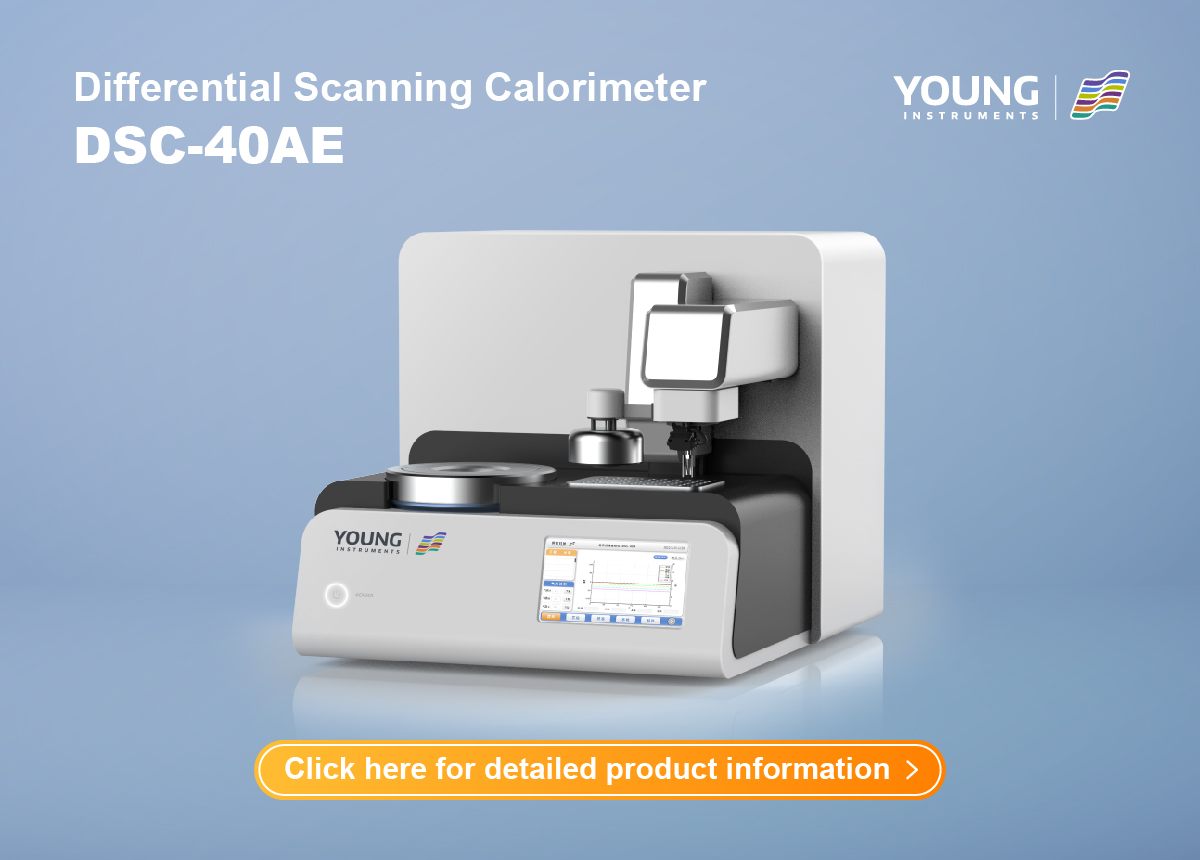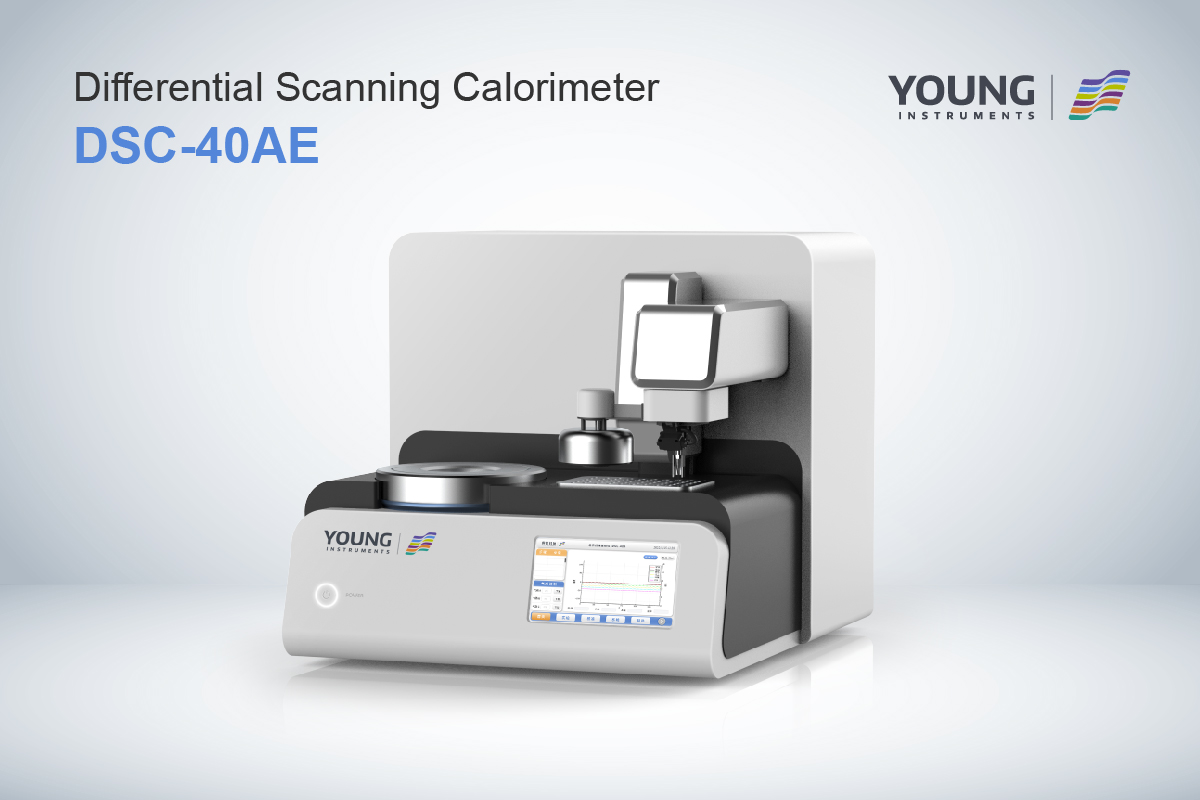Specific Heat Capacity Testing: Methods and Applications
If you’re involved in the manufacturing, design, or testing of materials, you may have heard of specific heat capacity testing. Specific heat capacity testing is a measurement of the amount of heat energy required to raise the temperature of a specific amount of material by a specific amount. This measurement is critical for understanding how materials will behave under different temperature conditions, and it is essential for designing and testing products that will be exposed to varying temperatures.
Specific heat capacity testing is typically performed on solids, liquids, pastes, and powder materials. The testing process is designed to measure the amount of heat energy required to raise the temperature of a specific amount of material by a specific amount, typically one degree Celsius or Kelvin. This measurement is typically performed using specialized equipment and techniques, such as differential scanning calorimetry or high-pressure crucibles. The results of specific heat capacity testing can be used to determine a material’s thermal conductivity, heat capacity, and other important thermal properties.
Fundamentals of Specific Heat Capacity
Definition and Units
Specific heat capacity is defined as the amount of heat energy required to raise the temperature of one unit of mass of a substance by one degree Celsius. It is a physical property of a substance that is dependent on the substance’s chemical composition and phase. The unit of specific heat capacity is joules per kilogram per degree Celsius (J/kg°C).
In practical terms, specific heat capacity can be thought of as a measure of how much energy is required to heat up a substance. For example, water has a high specific heat capacity, which means it takes a lot of energy to heat up water. This is why water is often used as a coolant in industrial processes, as it can absorb a lot of heat without getting too hot.
Theoretical Background
The theoretical basis for specific heat capacity lies in the concept of thermal energy. Thermal energy is the energy that a substance possesses due to the motion of its molecules. When a substance is heated, its molecules gain kinetic energy and move faster, which results in an increase in temperature. The amount of energy required to raise the temperature of a substance by a certain amount is proportional to the substance’s specific heat capacity.
The specific heat capacity of a substance can vary depending on its phase. For example, the specific heat capacity of water is higher in its liquid phase than in its solid phase. This is because the molecules in liquid water are more free to move around and absorb energy than in solid ice.
In summary, specific heat capacity is a fundamental property of matter that is important in many areas of science and engineering. It is a measure of how much energy is required to heat up a substance, and is dependent on the substance’s chemical composition and phase.
Testing Methodologies
When it comes to testing specific heat capacity, there are a few different methodologies to choose from. In this section, we’ll cover the most common ones: calorimetry, differential scanning calorimetry (DSC), and laser flash analysis.
Calorimetry
Calorimetry is a method of measuring thermal energy transfer. In this method, a sample is heated or cooled and the amount of heat transferred is measured. This can be done using a variety of techniques, including bomb calorimetry and differential scanning calorimetry.
Differential Scanning Calorimetry
Differential scanning calorimetry (DSC) is a more specific technique that measures the difference in heat flow between a sample and a reference material as they are both heated or cooled. This technique can be used to determine specific heat capacity, as well as other thermal properties such as melting point and glass transition temperature.
During a DSC test, the sample and reference material are placed in separate pans and heated or cooled at a controlled rate. As the sample undergoes a phase change, such as melting or crystallization, the amount of heat absorbed or released is recorded. By analyzing the data, specific heat capacity can be calculated.
Laser Flash Analysis
Laser flash analysis is a non-destructive method of measuring thermal diffusivity, which can then be used to calculate specific heat capacity. In this method, a small sample is heated with a laser pulse and the resulting temperature rise is measured. By analyzing the temperature rise over time, thermal diffusivity can be calculated.
While each of these methods has its strengths and weaknesses, they all provide valuable information about a material’s thermal properties. Ultimately, the choice of testing methodology will depend on the specific needs of your application.
Sample Preparation and Handling
When it comes to testing specific heat capacity, proper sample preparation and handling are crucial to obtaining accurate and reliable results. In this section, we will discuss the different material types and physical form considerations that must be taken into account during sample preparation.
Material Types
The specific heat capacity of a material can vary greatly depending on its composition. Therefore, it is important to identify the material type and ensure that it is pure and free from any contaminants. For example, if you are testing a metal, you must ensure that it is not coated or contaminated with another material that could affect the heat capacity measurement.
Physical Form Considerations
The physical form of the sample can also impact the accuracy of the measurement. For example, powders and small particles have a larger surface area and can be more susceptible to moisture absorption, which can affect the heat capacity measurement. Therefore, it is important to store powders in a dry environment and handle them with care to avoid any contamination.
In addition, the size and shape of the sample can also impact the measurement. Ideally, the sample should be in the form of a solid block or pellet with a uniform shape and size. This ensures that the heat flow through the sample is consistent and that the measurement is not affected by any surface irregularities.
Overall, proper sample preparation and handling are critical to obtaining accurate and reliable results when testing specific heat capacity. By taking into account the material type and physical form considerations, you can ensure that your measurements are accurate and reproducible.
Data Analysis
The heat absorbed can be obtained from the DSC curve, while the mass and change in temperature are known values. Once you have calculated the specific heat capacity, you can compare it to literature values or use it for further analysis.
Error Analysis
It is important to consider sources of error when analyzing specific heat capacity data. One common source of error is heat loss, which can occur due to inadequate insulation or a poorly sealed sample pan. Another source of error is measurement uncertainty, which can be caused by instrument drift or noise. To minimize these errors, it is important to carefully control the testing environment and to use appropriate calibration methods.
Interpreting Results
The specific heat capacity of a material can provide valuable information about its thermal properties. For example, materials with high specific heat capacities are able to absorb more heat without a significant increase in temperature, making them useful for thermal management applications. On the other hand, materials with low specific heat capacities are able to heat up quickly, making them useful for applications that require rapid heating or cooling. When interpreting specific heat capacity data, it is important to consider the material’s composition, structure, and intended application.
Overall, careful data analysis is essential for obtaining accurate and meaningful results from specific heat capacity testing. By following appropriate calculation methods and considering sources of error, you can obtain reliable data that can be used for a variety of applications.
Applications and Significance
Specific heat capacity testing has a wide range of applications in various fields. In this section, we will discuss some of the significant uses of specific heat capacity testing.
Material Science
Material scientists use specific heat capacity testing to determine the thermal properties of materials. By measuring the specific heat capacity of a material, they can predict how it will react to changes in temperature. This information is essential in designing materials for specific applications, such as insulation, electronics, and aerospace.
Thermal Management
Thermal management is critical in many industries, and specific heat capacity testing is an essential tool in this area. By measuring the specific heat capacity of a material, engineers can determine how much heat it can absorb or release. This information is crucial in designing cooling systems, such as heat sinks, that can efficiently manage the heat generated by electronic devices.
Quality Control
Specific heat capacity testing is also used in quality control to ensure that materials meet specific standards. By measuring the specific heat capacity of a material, manufacturers can verify that it is consistent with the desired specifications. This information is essential in ensuring that products perform as expected and meet regulatory requirements.
In conclusion, specific heat capacity testing is a valuable tool in various fields, including material science, thermal management, and quality control. By measuring the specific heat capacity of a material, engineers and scientists can make informed decisions about its suitability for specific applications.




































